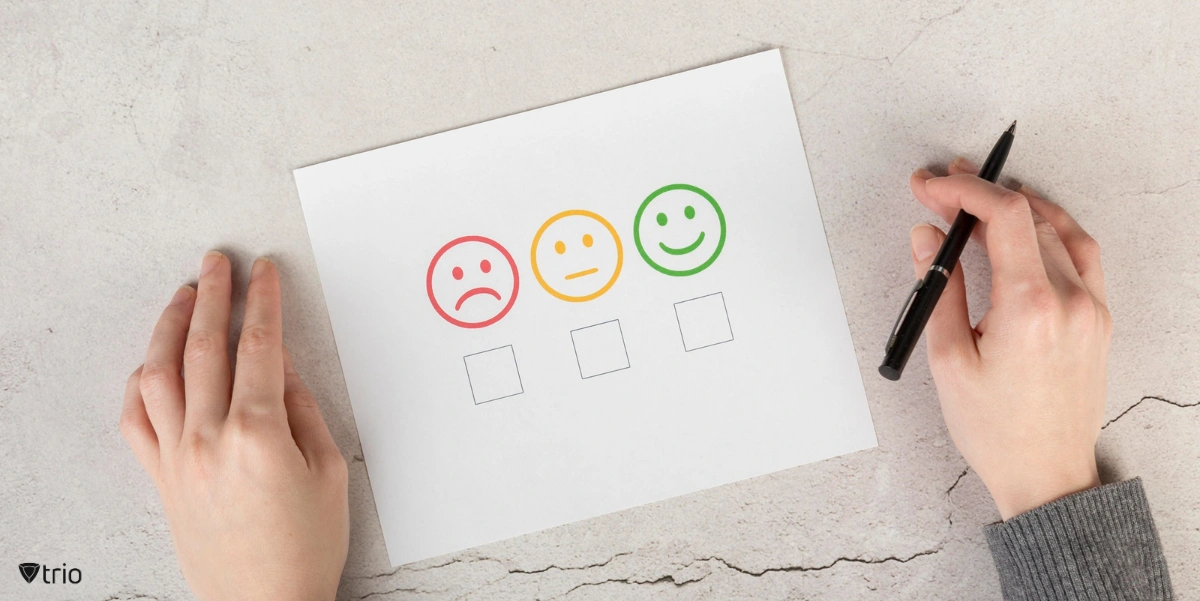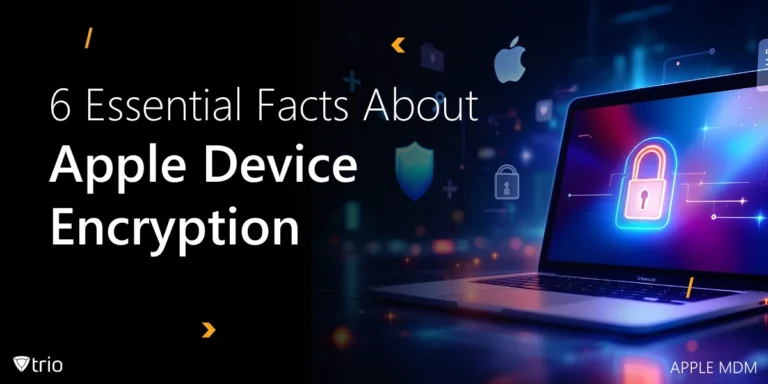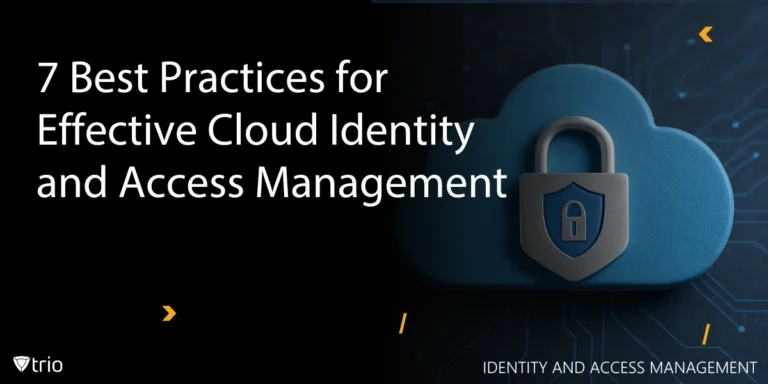Welcoming new employees effectively sets the tone for their journey within an organization. The onboarding process is crucial in equipping them with the necessary tools and knowledge to succeed. However, perfection is an ongoing pursuit, and feedback from new hires is essential in this process.
This blog explores the significance of collecting insights on the onboarding experience, methods to gather genuine feedback, and strategies for utilizing this information to enhance the onboarding process. We'll discuss onboarding experience feedback examples such as conducting surveys, holding detailed discussions, and using digital platforms to ensure the onboarding experience is beneficial for all involved.

Why Collecting Employee Onboarding Feedback is Critical?
Collecting employee onboarding feedback is not just a conventional step. It's a strategic approach that can significantly influence an organization's culture. The core objectives of onboarding feedback include:
- Identifying Improvement Areas: By requesting feedback, companies can identify specific aspects of the onboarding process that may not be meeting new hires' expectations or needs. This insight ensures that every aspect of onboarding—from the initial welcome to role-specific training—is effective and engaging. Especially, in the case of remote workforce, feedback becomes even more crucial. It's vital for ensuring remote employees feel integrated into the company culture and understand their roles, despite the lack of face-to-face interaction.
- Enhancing Employee Engagement: Asking for feedback itself can make new employees feel valued and heard. It signals that the organization cares about their opinions and is committed to adjusting practices to support their success. Engaged employees are more likely to stay with a company, reducing turnover and allowing a positive workplace culture.
- Simplified Onboarding Processes: Feedback helps refine onboarding procedures, making them more efficient over time. This efficiency not only benefits HR but also ensures that new hires can become productive members of the team faster. Even in automated onboarding, feedback about automated elements, such as digital paperwork processing or training modules, informs HR about their effectiveness and user-friendliness.
- Increased Job Satisfaction: When employees see that their feedback leads to tangible changes, it boosts their satisfaction and confidence in the company. This satisfaction is crucial in the early stages of onboarding new hires who are still assessing whether they've made the right decision to join the organization.
- Improves First Impressions: The onboarding experience is often a new hire's first interaction with a company's culture. Positive onboarding feedback ensures that this critical first impression is as constructive and welcoming as possible to enable a strong, ongoing relationship between the employee and the organization.
- Supports Continuous Improvement: Feedback mechanisms are essential for continuous improvement. They enable organizations to develop and adapt their onboarding processes in response to changes in needs and expectations. This adaptability is crucial for staying competitive in attracting and maintaining top talent. Especially, in the case of Mobile Device Management (MDM) solutions that play a crucial role in the onboarding of employees, onboarding feedback can reveal how effectively these tools are being deployed and managed.
Collecting and responding to onboarding feedback demonstrates an organization's commitment to its employees' success and satisfaction. It's a practice that improves the immediate onboarding experience and leads to long-term employee engagement and organizational growth.
Best Practices for the Employee Onboarding Feedback Process
Collecting employee feedback for the onboarding process is essential to refine the onboarding process, ensuring new hires feel completely prepared and welcomed. Using a structured approach to collect this invaluable feedback is key:
- Employee Surveys: Shortly after the onboarding process is completed, give surveys to new hires. These surveys can include direct questions and rating scales to collect quantitative and qualitative data. Make sure to cover various aspects, from understanding the job role to the effectiveness of the training provided.
- One-on-One Meetings: Schedule meetings between new hires and their managers or HR representatives. This environment enables detailed discussions so that new employees can share their experiences and offer feedback on the onboarding process in a more personal setting.
- Feedback Tools and Platforms: Use digital tools and platforms that enable anonymous feedback. This can encourage more honest and open responses.
Note that it’s crucial not just to collect onboarding feedback but to act on it. Review the feedback regularly, identify trends or common issues, and implement changes to address these. Communicating back to employees about the actions taken in response to their feedback can further boost engagement and trust.

What is an Employee Feedback System?
An employee feedback system is a structured tool in which organizations gather, analyze, and act upon employee feedback. This system is designed to enable open, transparent communication between employees and management. Therefore, organizations can continuously improve their work environment, policies, and employee engagement strategies.
Implementing an effective employee feedback system includes several critical steps, each designed to maximize the system's impact:
- Defining Clear Objectives: Before launching a feedback approach, it's crucial to clearly define what the organization hopes to achieve. Whether the goal is to improve employee satisfaction, simplify operations, or address specific challenges, having clear objectives helps the feedback process to meet those ends.
- Choosing the Right Tools: Various platforms and tools are available to facilitate feedback collection, from simple surveys to comprehensive feedback management software. Selecting tools that align with the organization's size, complexity, and specific needs is essential.
- Ensuring Anonymity and Confidentiality: To encourage honest and constructive feedback, employees must feel safe to share their thoughts. Anonymity and confidentiality are, therefore, non-negotiable components of any feedback system.
A well-designed employee feedback system is not a one-size-fits-all solution. It must be adjusted to the unique needs of each organization. However, when implemented thoughtfully, it can lead to significant benefits, including improved employee self-esteem, higher productivity, and a workplace culture that aligns with both employee and organizational goals. By making feedback an integral part of the organizational process, companies can create a dynamic and responsive work environment where every employee feels heard and valued to contribute to the company's success.
Conclusion
In conclusion, collecting feedback on the onboarding process is not just a conventional task; it's a strategic action that can significantly impact an organization's culture and employee retention. By collecting and thoughtfully responding to new hires' experiences, businesses can refine their onboarding practices. This allows them to ensure new team members feel valued and supported from the start. This aids in the immediate success of new employees and reinforces the organization's commitment to its workforce, enabling a culture of continuous improvement and engagement.
However, acknowledging the challenges in managing these processes effectively—especially regarding onboarding and offboarding complexities—underscores the need for innovative solutions. Trio is a cutting-edge MDM solution that simplifies this with automation, ensuring every new employee gets the necessary tools and company data stays secure. It integrates smoothly with leading platforms and offers features like kiosk modes to boost productivity. Use Trio's free demo to see how it can streamline your HR processes.
Get Ahead of the Curve
Every organization today needs a solution to automate time-consuming tasks and strengthen security.
Without the right tools, manual processes drain resources and leave gaps in protection. Trio MDM is designed to solve this problem, automating key tasks, boosting security, and ensuring compliance with ease.
Don't let inefficiencies hold you back. Learn how Trio MDM can revolutionize your IT operations or request a free trial today!





